When the movie Avatar hit the movie screens in December of 2009 and became the single largest grossing film of all time, theater seats quickly filled up and generated over $2 billion in ticket sales. After the phenomenal success of Avatar, with its computer-generated graphics and 3D imaging, other filmmakers once again embraced 3D technology. But 3D technology isn’t new—far from it—it had its humble beginnings nearly two centuries earlier in the middle of the 1800s. Because of Avatar’s success, many VIP movie theatre companies added 3D movie viewing capabilities, screens and theater seating to their theaters. Watching a 3D film requires the use of a special pair of glasses—and that technology has moved into many living rooms around the world.
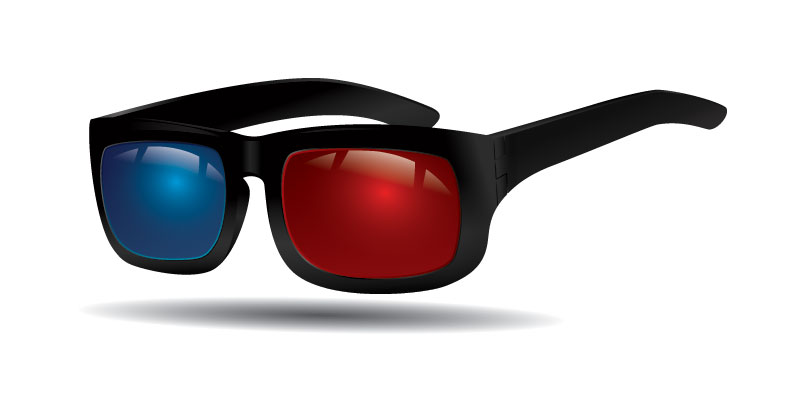
Early History of 3D Movies
Sir Charles Wheatstone created the first stereoscopic viewer in the 1830s, an early predecessor to the 3D movies we see today. The stereoscopic viewer sat on a table and provided two viewing lenses for the left and right eyes. A little over a foot away attached to the viewer sat a photograph with two images—each the same and side-by-side. This viewing technique created a three-dimensional appearance to the image in the same manner people see with both eyes. Called “stereopsis,” each eye’s view combined to create the depth perception and 3D image view.
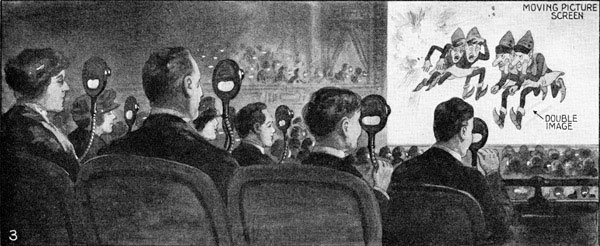
Just 25 years later, the first stereo animation camera, the “kinematoscope,” was created, but it would be an animated stop-motion film, The Haunted Hotel, that introduced 3D viewing to the public. The first public showing of a 3D feature length film didn’t occur until 1922. “The Power of Love” by filmmaker Harry K. Fairall, played to a paying audience in theater seating using the anaglyph process. To create the 3D film with this process, different rolls of film were printed, each in a different color and then combined to make one movie film reel. The viewers’ wore 3D glasses that had one red lens and one green lens. The glasses caused the viewer to focus on dissimilar parts of the screen, which ultimately creates the perception that some images move out of the screen towards the viewer.
The “Golden Era of 3D Films,” according to film buffs and historians started in 1952 when Bwana Devil opened in theaters. Theater seats filled up after Arch Oboler wrote and directed the film that was man-eating lions. Several films followed, but 3D petered out in 1954.
The second wave of 3D films began in 1960, set in motion again by Arch Oboler who developed a process that only required a single lens to project the film onto the screen. His earlier method entailed the use of two projectors and filmstrips. The new method used in 1960 printed two images, one under the other, but only used one projector. This method was more cost-effective and caused many filmmakers to return to 3D filmmaking. This wave lasted until 1970 when the new process that involved squeezing two images onto one strip was used. It was called “stereovision,” with about 36 films made worldwide using this process over a period of 25 years.
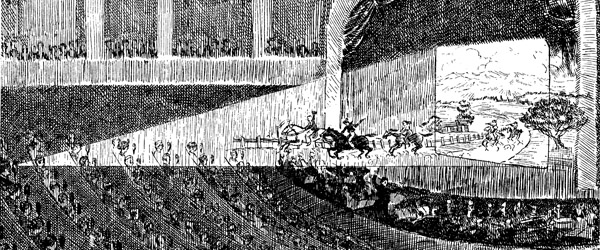
Click on any one of the links below to find out more about the early history of 3D:
Rebirth of 3D (1980s – 2003)
A spaghetti western, Comin’ at Ya! started the 3D movie craze again between 1981 and 1983. Many movie companies re-released 3D movies from the 50s forward, mostly horror films including Alfred Hitchcock’s Dial M For Murder, and sequels to such horror films as the Friday the 13th series.
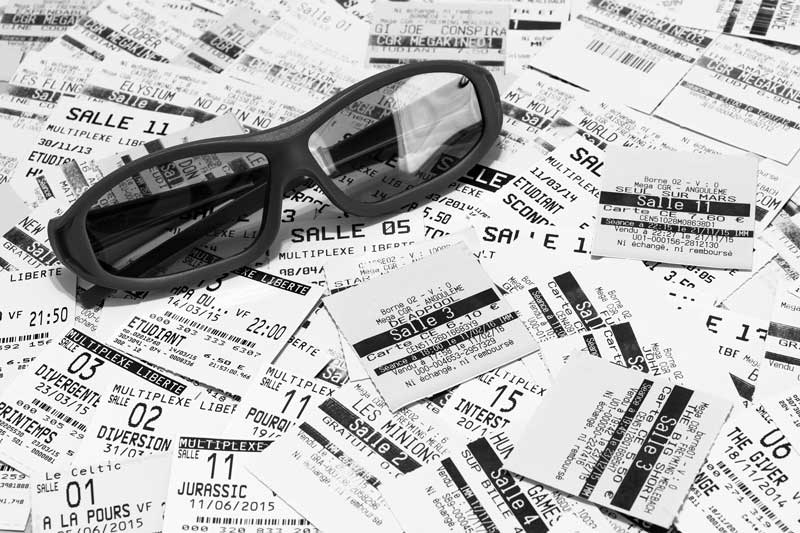
The IMAX Corporation would eventually bring the 3D movie business into this century with specialized theater seating and screens. The IMAX Corporation founded in Canada, created the first IMAX permanent dome at the San Diego Rueben H. Fleet Science Center in Balboa Park in 1973. At the time, most IMAX films were documentaries seen at museums and special IMAX theatres. The IMAX process, another proprietary process, uses a larger film frame format, larger screens and does not embed the sound in the filmstrip. Instead, it uses a 6-channel magnetized filmstrip synchronized to the visual filmstrip.
IMAX created four different types of cameras for this larger format process, and only one of them, the “Grand Theatre” (GT) does not provide 3D imaging. The other three cameras, GT 3D, Small Rotor and MPX works in retrofitted theaters. The IMAX process uses separate camera lenses—each of which represent one eye. The two lenses sit apart from each other the same distance the eyes on the average human face sit, about 2 1/2 inches. Each lens has a separate filmstrip and the cameras project the two filmstrips at the same time on the screen when watching a movie. This process creates the 3D experience while looking at a 2D screen.

While not every theater adopted IMAX imaging, they did adopt the theater seating used in IMAX theaters, which mimics the stadium effect and improves the screen view from all of the theater seats in the theater.
The first full-length animated entertainment feature created for IMAX 3D viewing was the movie, The Polar Express. For more information on the reemergence of 3D films, please feel free to review any of the resources below:
3D from 2003 On
In 2002, IMAX began using its proprietary process to digitally re-master (DMR) 2D 35 mm films into 3D. The 1995 film, Apollo 13, a joint effort between IMAX and Universal, was the first film released using the DMR process. This special process allows films to be upconverted for viewing in 3D in an IMAX-equipped theater. Many film production companies have taken to this process. Warner Brothers experienced financial success with the release of the Harry Potter films beginning in 2004 with this process.
The IMAX cameras use spherical lenses, shaped similarly to the eye, 70 mm film and 15 perforations per each frame and an aspect ratio of 1:44:1 for filming. While there are multiple variations of 3D available, including Real3D and the IMAX 3D, IMAX has created a brand new camera available in 2011 that is expected to reduce the costs of film production substantially. The new camera, a digital 3D camera, removes the film from the filmmaking process and stores the visual digital images created on a hard drive.
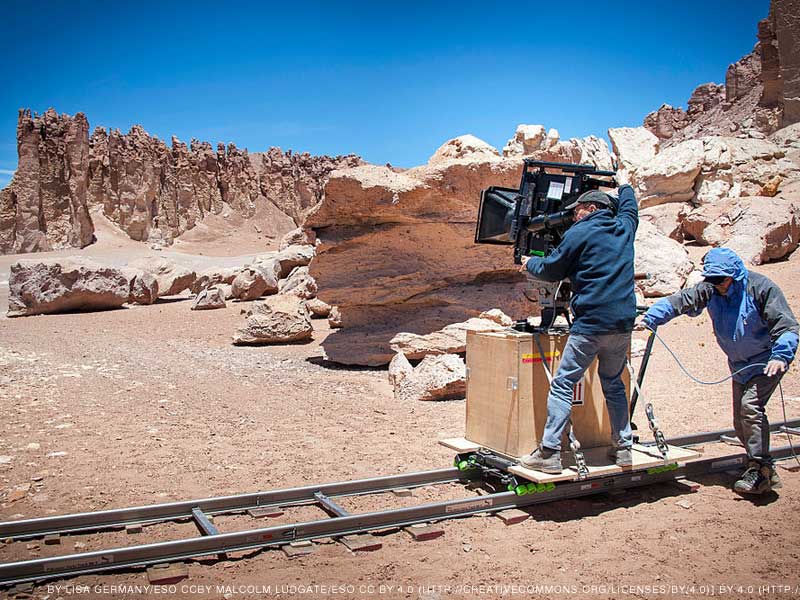
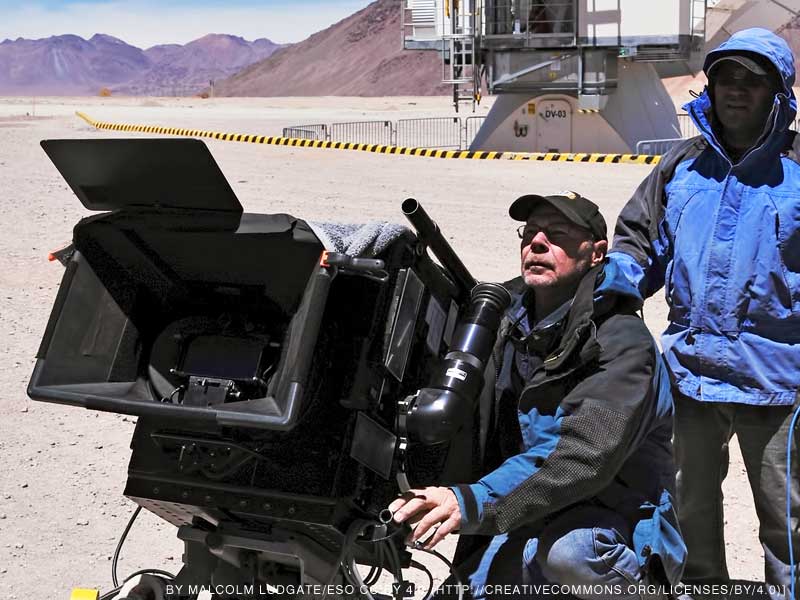
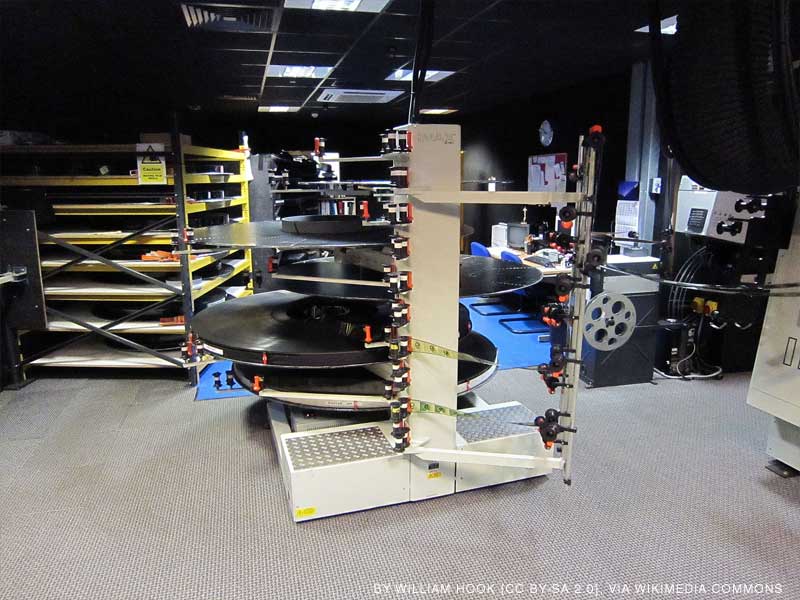
But 3D imaging isn’t solely for movie theaters. Many people have converted from standard television viewing to a home theater experience and premium movie theater furniture. To get the viewing angles of the home theater from home theater seating correct along with aligned surround sound effects, many people have taken to hiring the services of a home theater company. These types of businesses offer specialized theater screens, high definition 3D projectors and comfortable stadium seating couch plans for the home. While a savvy do-it-yourselfer with experience can create a home theater, it’s often best to use the services of a company that creates home theater acoustics on a regular basis to get the right screen and sound calibrations for the best theater experience.

Home Theater Seating
- Lane Furniture
- Modern Leather Recliners
- Movie Theatre Couch
- Leather Home Theater Seating
- Build A Home Theater Riser
- Power Recliner with Heat and Massage
- Home Theater Seating
- Power Recliners
- Elevated Back Row For Home Theatre Seating
- Big And Tall Home Theater Seating
- Media Chairs Home Theater
- Clearance Home Theater Chair
- Expensive Seating
- Awesome Chair
- Good Quality Leather Recliners
- Stores That Sell Recliners
- What Are The Best Sectionals
- Modular Seating For Home Theater
- All Leather Theater Reclining Loveseat
- Living Room Sofa Ideas
Decor & Accessories
- Average Distance Between Rows
- Theater Seating Power Headrest
- Home Theater Room Rug
- Recliner Two Seats
- Movie Theater Popcorn Machine
- Movie Room Decor Store
- Palliser Catalina Power Lumbar Recliner
- Octane Nitro 750
- Auditorium Chair
- Flex Hr By Octane Seating
- Chair Platform
- Grey Recliner Sectional
- Cup Seat
- Dark Red Leather Seats
- Home Theater Chair With Massage
- Where To Buy Palliser Furniture
- Movie Theatre Recliners With Table
- Recliner With Power
- Furniture For Good Posture
- Super Comfortable Recliners
- Massage Chairs For Sale
Top Pages
- Movie Chairs
- Mens Man Cave Recliners
- Best Buy Theater Seating
- Media Room Sofas
- Berkline Reclining Sofa
- Leather Navy Blue Recliner Chair
- Theater Room
- Ashley Furniture Leather Sofa
- Theater Chairs for Sale
- Palliser Recliners
- 4 Person Movie Chairs
- What Does 4K Mean
- Man Furniture
- Antenna Transmitter Locator
- Oversized Sectionals For Sale
- Who Makes Good Recliners
- Evolution Of Video Game Controllers
- L Shaped Reclining Sectionals
- Oversized Cuddle Chair
- Power Leather Sofa Recliner

